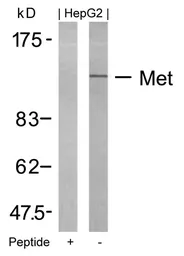c-Met antibody
Cat. No. GTX50547
Cat. No. GTX50547
-
HostRabbit
-
ClonalityPolyclonal
-
IsotypeIgG
-
ApplicationsWB
-
ReactivityHuman
